14 Best Places To Find Product Ideas To Sell Online
Do you need profitable product ideas? Well, this is the first and most important step for any online store’s success.
In this article, I am going to show you some proven techniques and platforms that can help you find great product ideas. These ideas are crucial for any online store, but especially for dropshipping businesses.
I am not just going to give you a theory, though. I want to give you practical advice that you can actually use.
So as you read through this article, make sure to check out the resources and tools we mention. So, let’s start!


Table of Contents
- Key Takeaways
- Understanding the Key Elements of a Successful Product Idea
- Techniques to Spark Inspiration for Product Ideas
- The No. 1 Tool for all dropshippers – now with AI
- Best Places to Find Product Ideas for Your Ecommerce Store
- 1. Exploring Social Media Networks and Online Communities
- 2. Keeping an Eye on Trending Products and Services
- 3. Leveraging Dropshipping.com’s Resources for Product Inspiration
- 4. Niche-Specific Platforms and Publications
- 5. Emerging Market Opportunities
- 6. Trade Shows and Industry Conferences
- 7. Crowdfunding Platforms
- 8. Customer Feedback and Requests
- 9. Online Marketplace Insights
- 10. Patent and Trademark Filings
- 11. Subscription Box Services
- 12. DIY Communities and Maker Spaces
- 13. Educational and Training Resources
- 14. Local Markets and Artisan Shops
- Evaluating and Validating Your Product Ideas
- Real-Life Examples: From Failure To Success In The Search For Winning Product Ideas
- Discovering Product Ideas FAQs
- 1. How do you determine the right balance between trend-following and niche exploration for your specific business model?
- 2. What are some examples of successful products or brands that utilized the described techniques for finding product ideas?
- 3. How can a small online store compete with large retailers when it comes to trending products?
- 4. What specific metrics or data points should be analyzed during market demand assessment and competitor analysis?
- 5. Can the techniques mentioned for finding product ideas be applied to service-based online businesses, and if so, how?
- Wrapping It Up
Key Takeaways
Here are the main points we covered in this guide:
- Understanding customer needs and pain points can lead to great product ideas.
- Analyzing market trends and competitors can help you identify gaps and opportunities.
- Exploring niche markets and targeting specific audiences can set you apart from competitors.
- Leveraging social media, online communities, and customer feedback can provide valuable insights for product ideas.
- Using keyword research and SEO tools can uncover popular search terms and potential product ideas.
- Checking out crowdfunding platforms and product review websites can reveal innovative products with high demand.
- Real-life stories about the pitfalls and successes of entrepreneurs and dropshippers and their advice.
You now have a variety of techniques and resources available to you.
Go ahead and explore these options; discover those unique product opportunities for your dropshipping business or other online selling ventures.
Remember, finding the right balance is important. Don’t just follow trends; also explore niche markets.
Understanding the Key Elements of a Successful Product Idea
Before I explore the abundance of resources and techniques for generating product ideas, let’s first understand the essential components of a successful product idea.
These fundamental factors not only lead to a profitable venture but also help you stand out in a crowded market.
1. Unique Selling Proposition (USP)
A Unique Selling Proposition (USP) is what makes your product special—something that no one else offers. It’s the unique feature or benefit that sets your goods apart, making them distinctive, appealing, and memorable. Your USP can be:
- An innovative feature
- Superior quality
- A compelling brand story
- Exceptional customer service
For example, Purple, an ecommerce brand known for its mattresses, differentiates itself with its patented Hyper-Elastic Polymer grid.
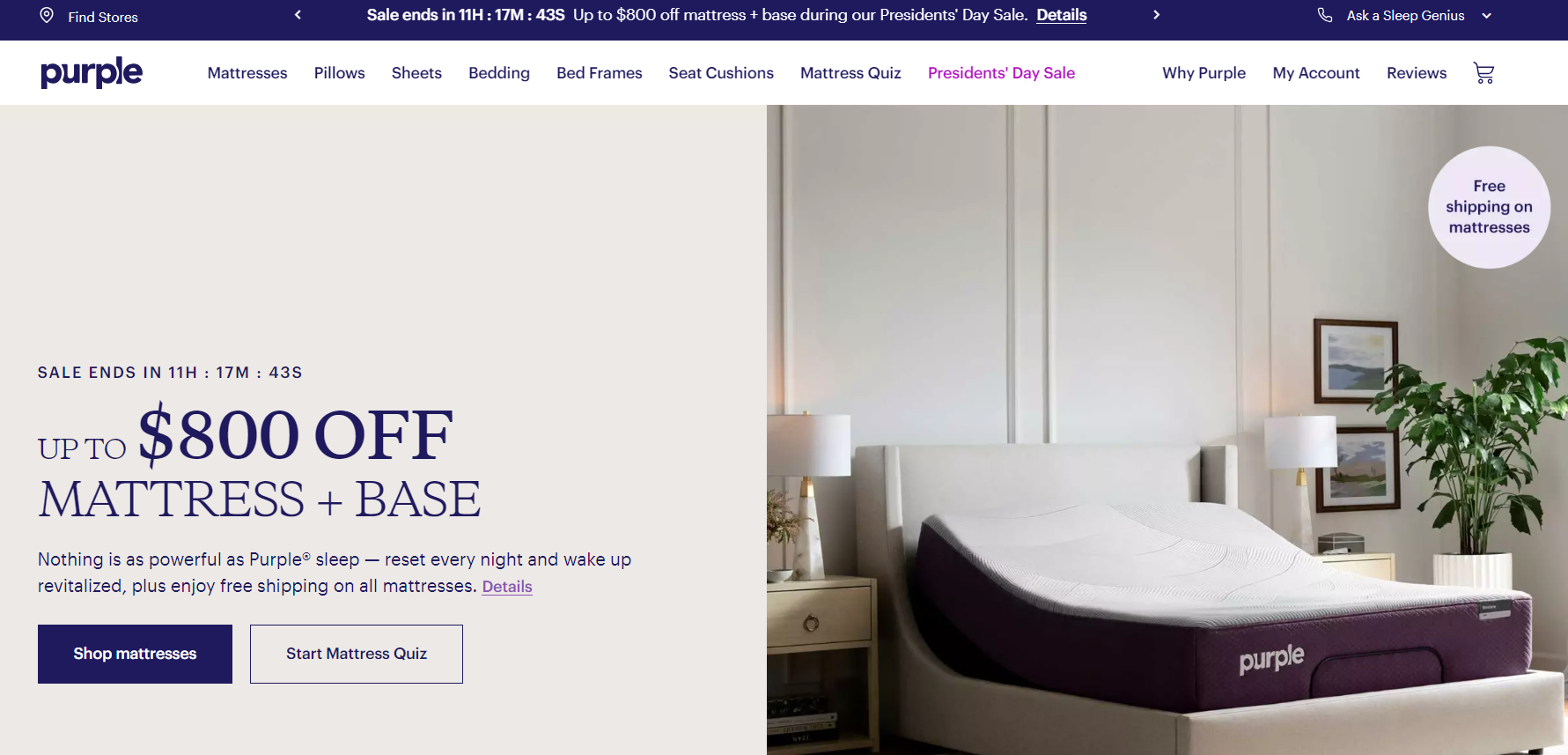
This technology supposedly provides better support and cooling compared to traditional mattresses. Purple’s USP is embedded in its product design, making it stand out from competitors.
2. Identifying the Target Audience
The next element is understanding your target audience. The success of your online store depends on knowing who you’re selling to.
So, a great product idea solves a problem or meets a need for a specific group of people. But how do you find this group?
One way is by creating buyer personas, which are profiles representing your ideal customers. These personas should include details such as age, gender, interests, challenges, and buying habits.
For instance, you could utilize pre-designed templates from Canva, and then customize them with details such as personal information, career, interests, reasons for purchasing your products, and more. Additionally, I consider factors like income level or purchasing ability.
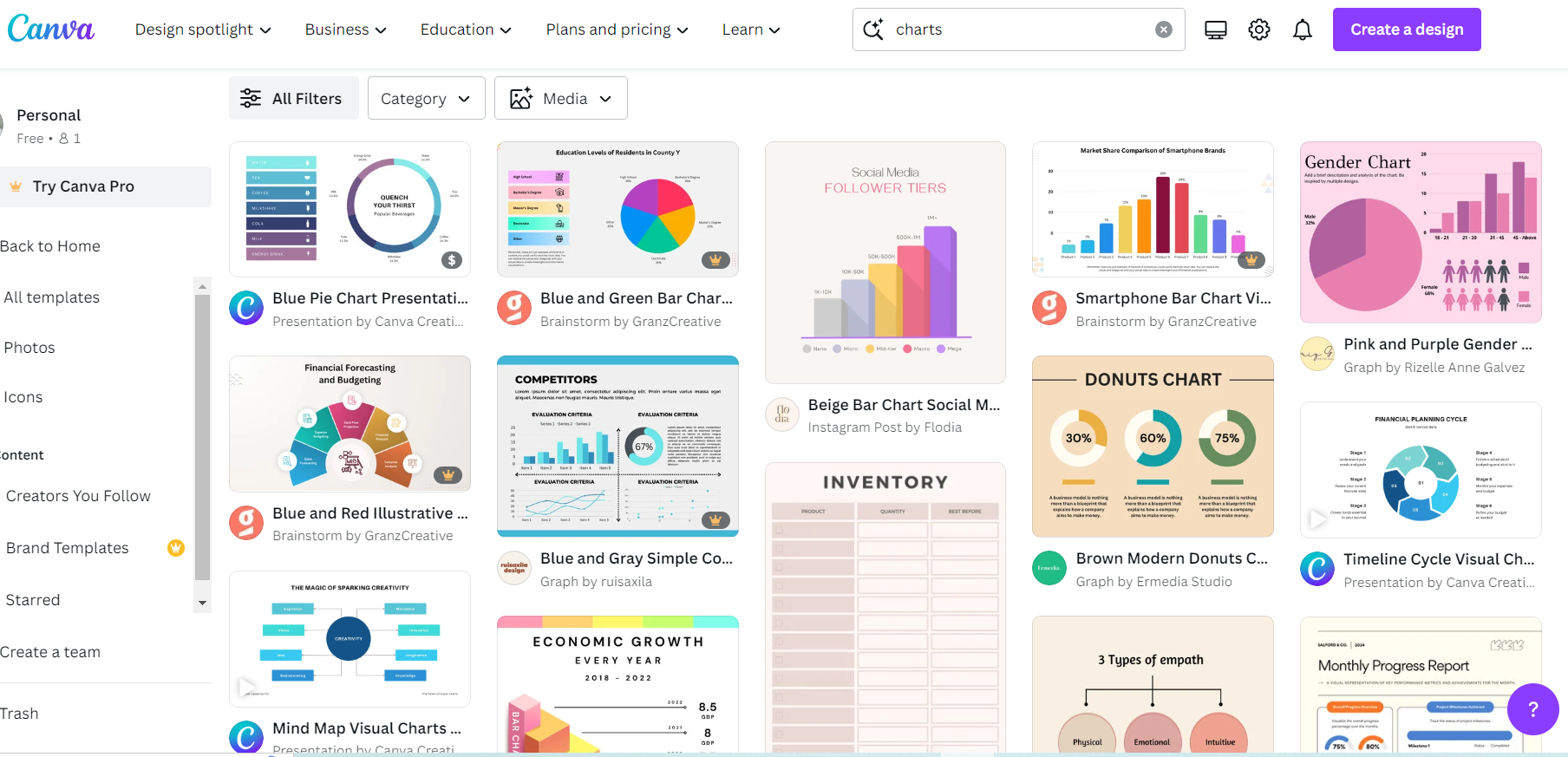
This approach allows me to create various customer profiles, forming the basis for my market segmentation strategy.
By understanding your target audience deeply, you can tailor your marketing messages and product offerings to resonate with them effectively.
3. Assessing Market Demand
Lastly, I will discuss how to estimate market demand. In simple terms: you want to sell something that people actually want to buy.
Thus, to evaluate the potential demand for your product idea, you can utilize tools like:
- Keyword research tools
- Google Trends
- Social media listening
For example, keyword research tools like SEMRush or Ahrefs can reveal how often people search for a product or related terms.
Therefore, I’ll give it a go. I’m going to use the keyword “clothing stores” since I’m researching for my clothing dropshipping business.
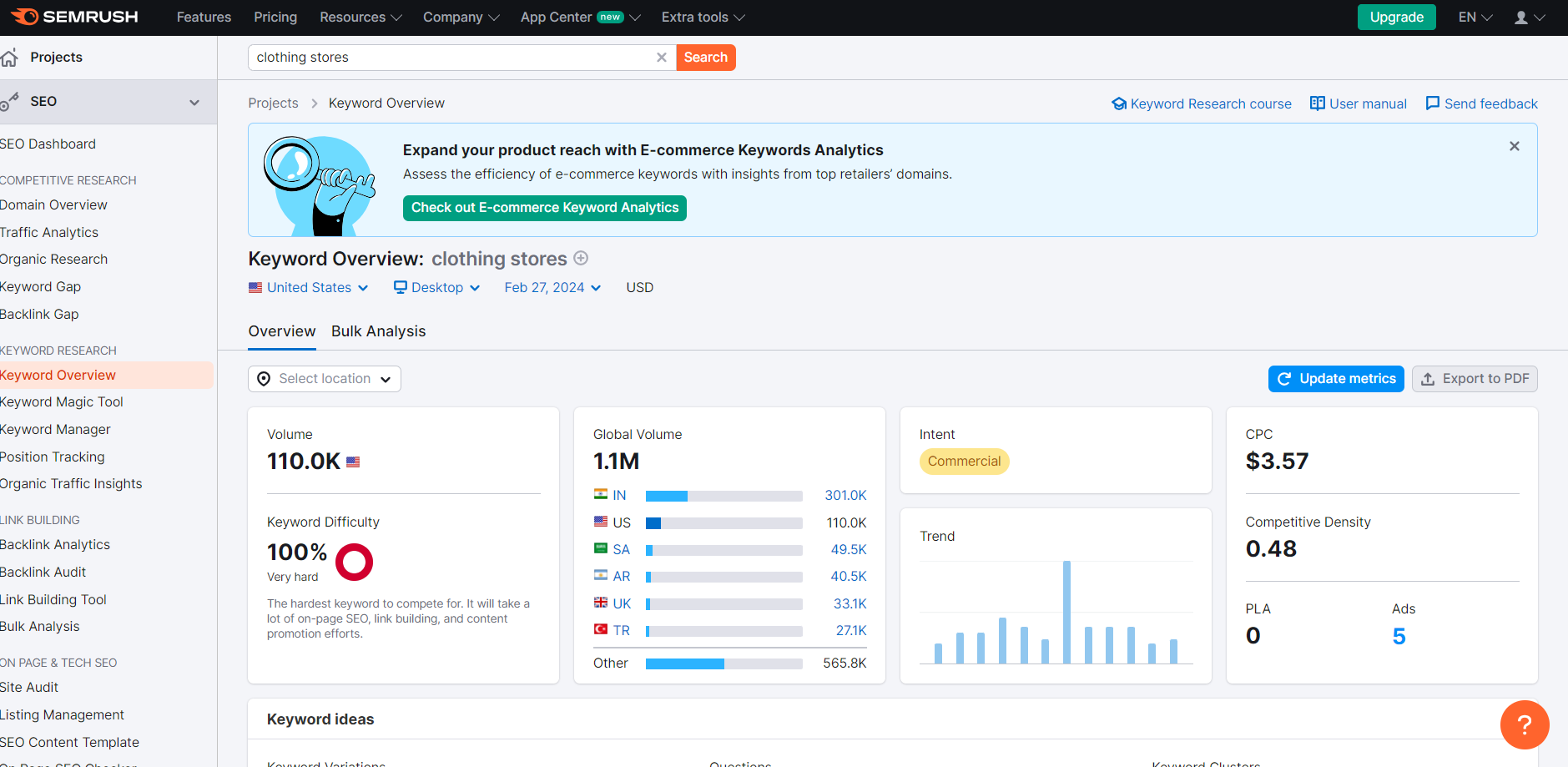
Now, this keyword has a substantial search volume. But remember, it’s quite challenging to get a dropshipping store to rank on Google using this keyword.
On the other hand, Google Trends shows the popularity of a search term over time, helping you identify trending products or niches. Thus, I will try it out for a “polo shirt“, and see what I get.
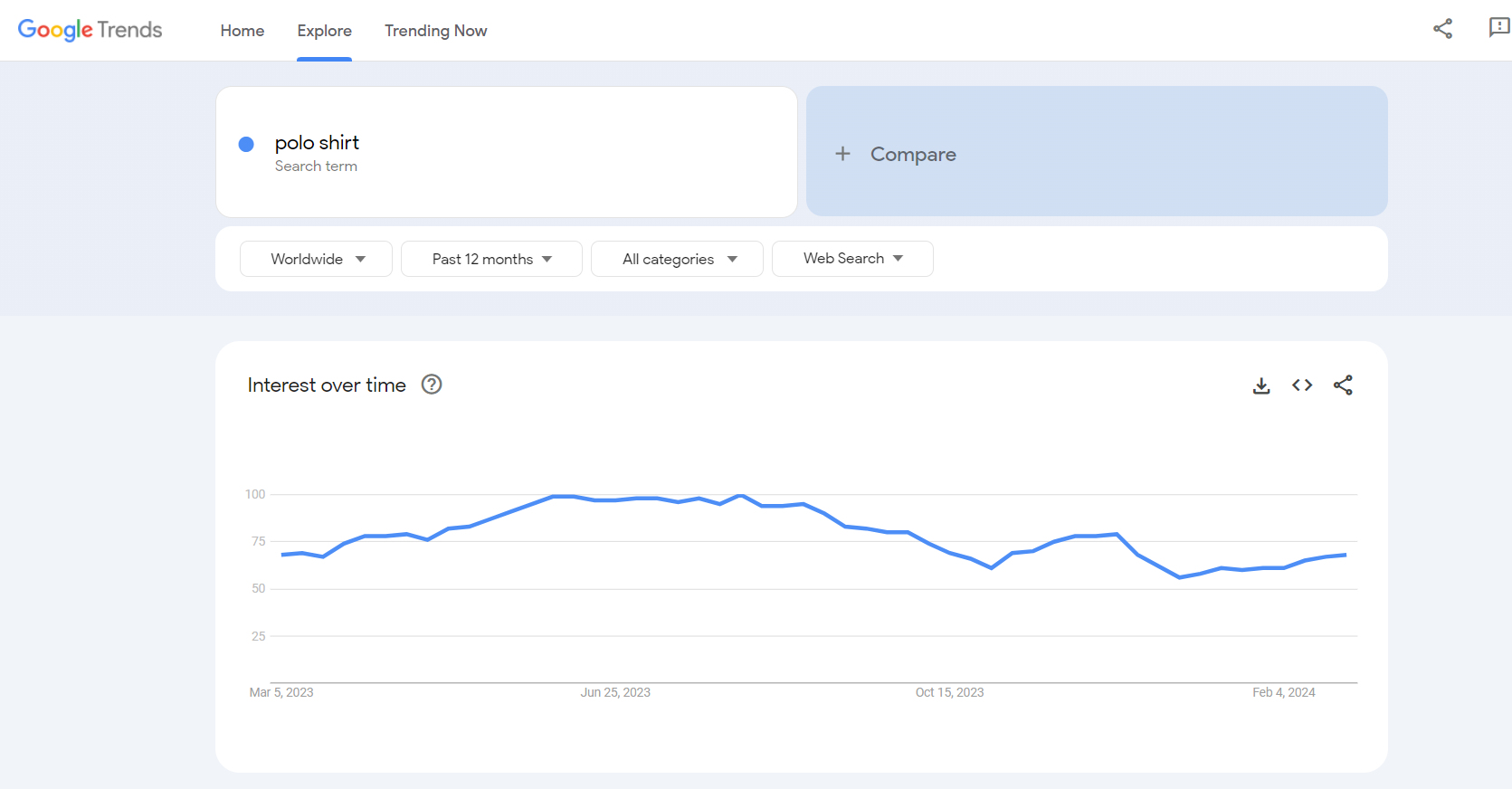
Furthermore, social media platforms like Instagram, TikTok, and Pinterest can also provide insights into what’s currently popular among users.
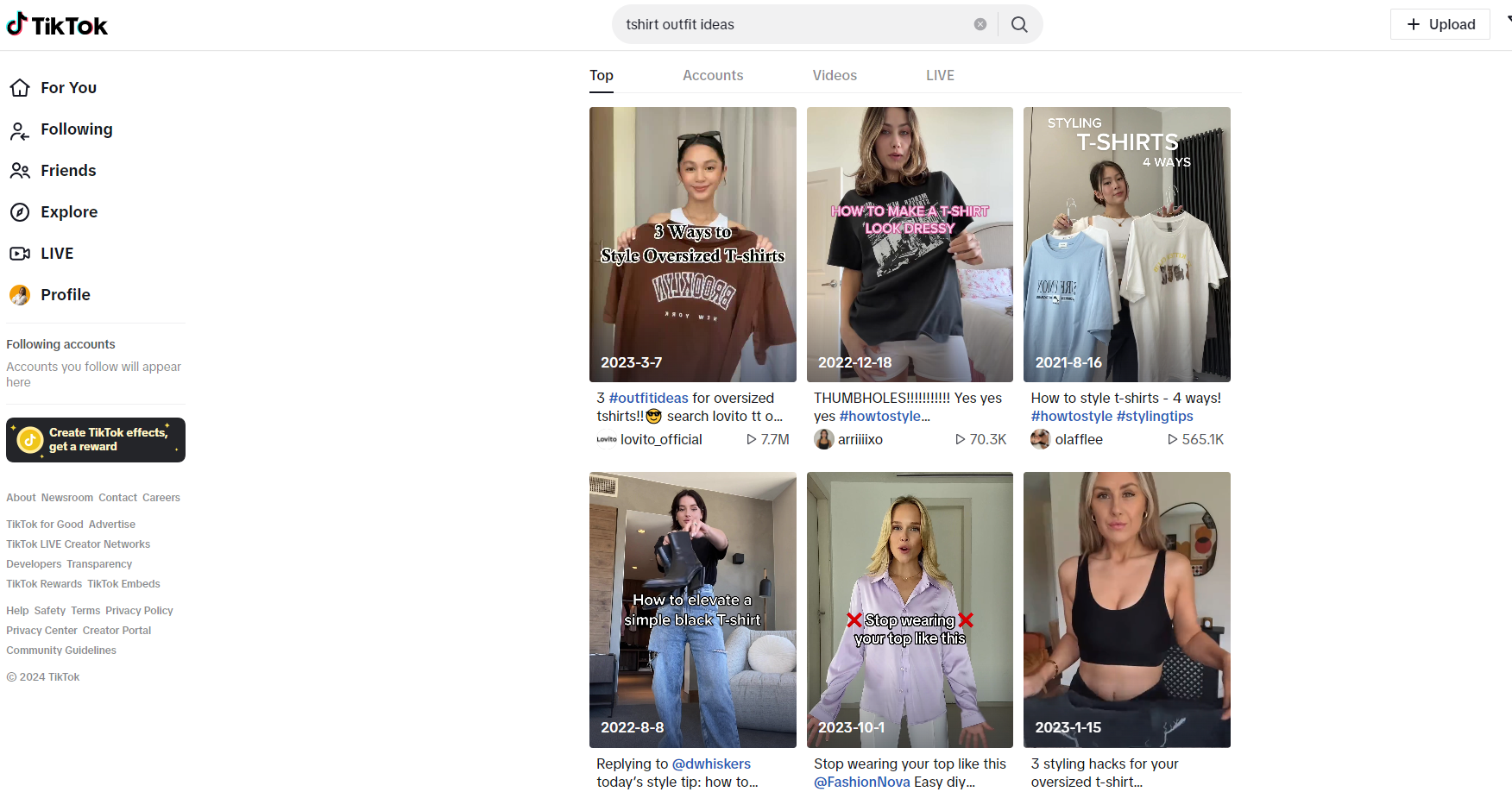
Additionally, online communities such as Reddit are great places to find discussions about various product categories.

Remember: It’s important to strike a balance between catering to a specific market segment and having broad appeal. So, being too niche may limit your potential customer base while being too broad can result in fierce competition.
By grasping these essential components—USP, target audience, and market demand—you’ll be well-equipped to uncover opportunities that others might overlook.
💡 Tip: Check out the 8 Most Profitable Niches With Low Competition For Dropshipping.
Techniques to Spark Inspiration for Product Ideas
Unleashing your creativity and adopting a strategic approach can lead to the discovery of original, profitable product ideas.
Therefore, to help you begin this journey, here are some effective techniques for generating product ideas:
1. Brainstorming and Idea Mapping
Brainstorming is a time-tested method used by many successful entrepreneurs. Don’t limit yourself during brainstorming sessions—no idea is too outrageous. Allowing your thoughts to flow freely can often lead to the most innovative concepts.
Tip: Use an idea mapping tool. These visual diagrams allow you to start with a central idea (like a specific product category) and branch out with related concepts or characteristics.
Moreover, this technique helps in visualizing connections between ideas and encourages broader thinking.
For example, Coggle is a free web tool for making mind maps. It helps you create documents organized like a tree with branches.

So, if you’re considering selling kitchen gadgets, create branches for various categories such as baking tools, meal prep aids, or eco-friendly kitchenware.
2. Leveraging Data and Analytics
In the digital age, data is king—and it’s readily available! Market research data like competitor analysis and keyword trends can reveal valuable insights into consumer behavior and untapped opportunities.
Therefore, utilize tools such as Google Trends or SEMrush for keyword research to identify what potential customers are searching online.
Moreover, for competitor analysis, tools like SimilarWeb or Alexa provide comprehensive insights into your competitors’ online performance.
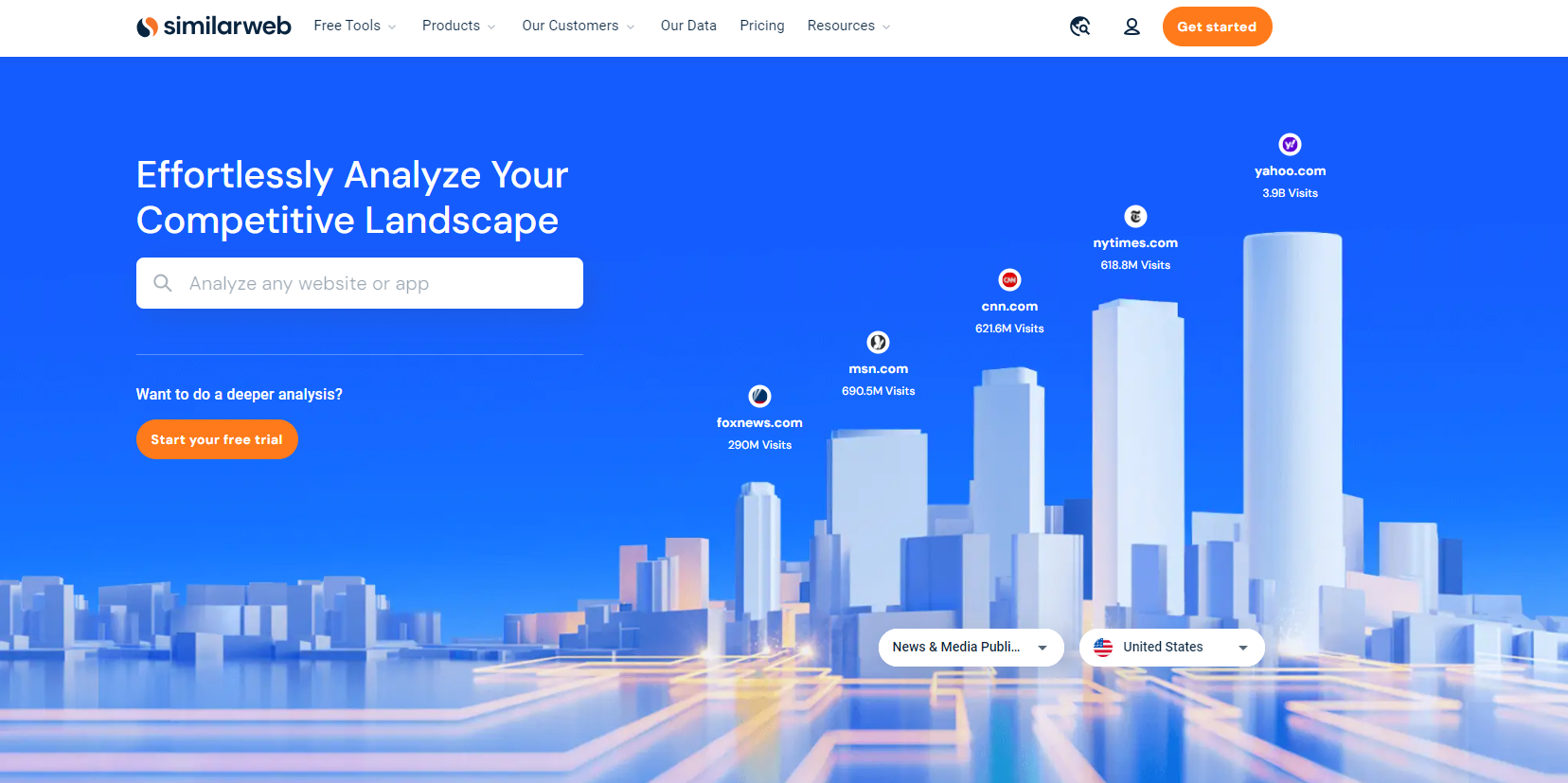
By understanding what’s already working in the market, you can make informed decisions about potential products that could resonate with consumers.
3. Drawing from Personal Passions and Hobbies
Personal passions and hobbies are gold mines for niche product ideas.
Are you a fitness enthusiast? Perhaps you’ve identified a gap in the market for unique workout gear. Love painting? You might consider selling artisanal paintbrush sets or high-quality canvases.
Remember, if you’re passionate about something, chances are there’s an audience out there who shares that interest.
For example, you can tap into communities or groups that share hobbies like yours, like Reddit, or let’s say r/homeimprovement, and follow trends and what people like.
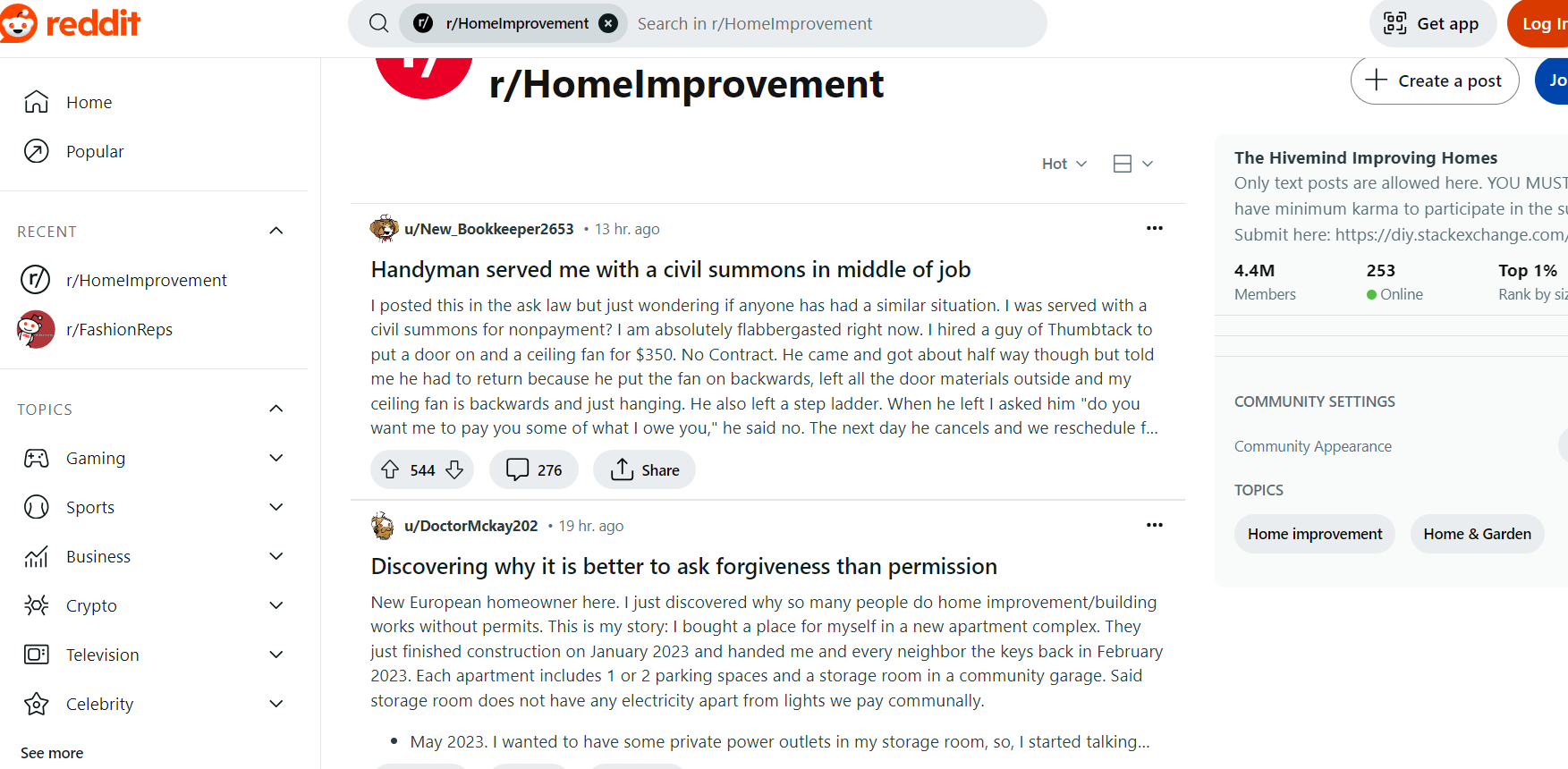
4. Tapping into Customer Feedback Channels
Your customers can be your biggest source of inspiration. Therefore, keep a close eye on customer feedback channels to identify common complaints, unfulfilled needs, or product suggestions.
Conducting surveys or monitoring product reviews are excellent methods for gathering this information. For instance, if you notice a recurring complaint about a particular product type being too expensive or low-quality, you could explore offering a better, cost-effective alternative.
Thus, you can check out Trustpilot results for any platform, and get valuable insights about the company, their products, services, shared customer experiences, and more.
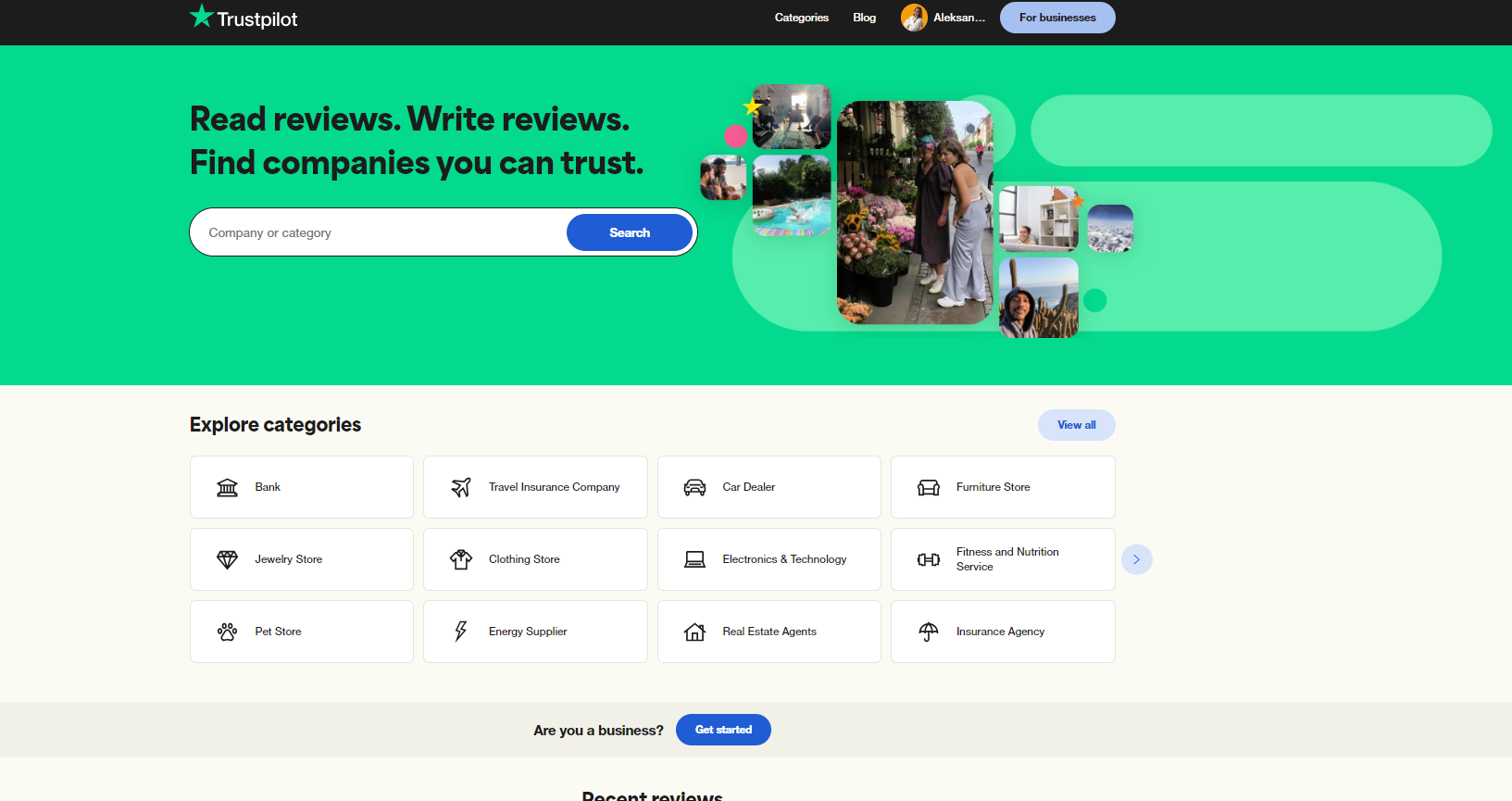
Remember to take action on the valuable insights you gain from these feedback channels. It’s not just about finding new product ideas—it’s also about continually improving your current offerings based on customer needs.
Best Places to Find Product Ideas for Your Ecommerce Store
Searching for the next big product idea can sometimes feel like looking for a needle in a haystack. But don’t worry, there are numerous places to find inspiration.
Hence, this section will guide you through the best places to discover promising product ideas for your online stores.
1. Exploring Social Media Networks and Online Communities
It’s no secret that Instagram is a hotbed of new and innovative ideas. Its visual nature makes it ideal for spotting emerging trends and popular products.
Not only can you use hashtags and explore pages to see what’s trending, but you can also examine influencer collaborations.

These partnerships often unveil exciting products that could inspire your next venture.
Facebook Groups
Facebook groups can be an invaluable source of insight when it comes to identifying niche markets and understanding their needs.
By engaging with these communities, you can gather first-hand knowledge of their pain points — which could lead to your next great product idea.
For instance, since I am interested in dropshipping business, so I’m part of a Facebook group about dropshipping called Dropshipping.com. Being in this group gives me access to thousands of members, lots of whom have helpful tips and tricks you might not know about.

2. Keeping an Eye on Trending Products and Services
TrendHunter

For those who like staying ahead of the curve, TrendHunter is a must-visit platform.
It offers insights into the latest consumer trends across various industries.
Also, one of its standout features is its ability to suggest related product ideas based on each trend, making it a potent tool in your product discovery arsenal.
3. Leveraging Dropshipping.com’s Resources for Product Inspiration
Dropshipping.com’s Blog
As a major resource center for dropshipping businesses, Dropshipping.com’s blog is packed with educational articles and case studies that provide valuable insights into successful product sourcing strategies.
Moreover, you can find numerous app reviews, how-to guides, reliable supplier reviews, etc. Plus, their blog articles are categorized based on beginner, intermediate, and expert levels.

Dropshipping.com’s Product Recommendations
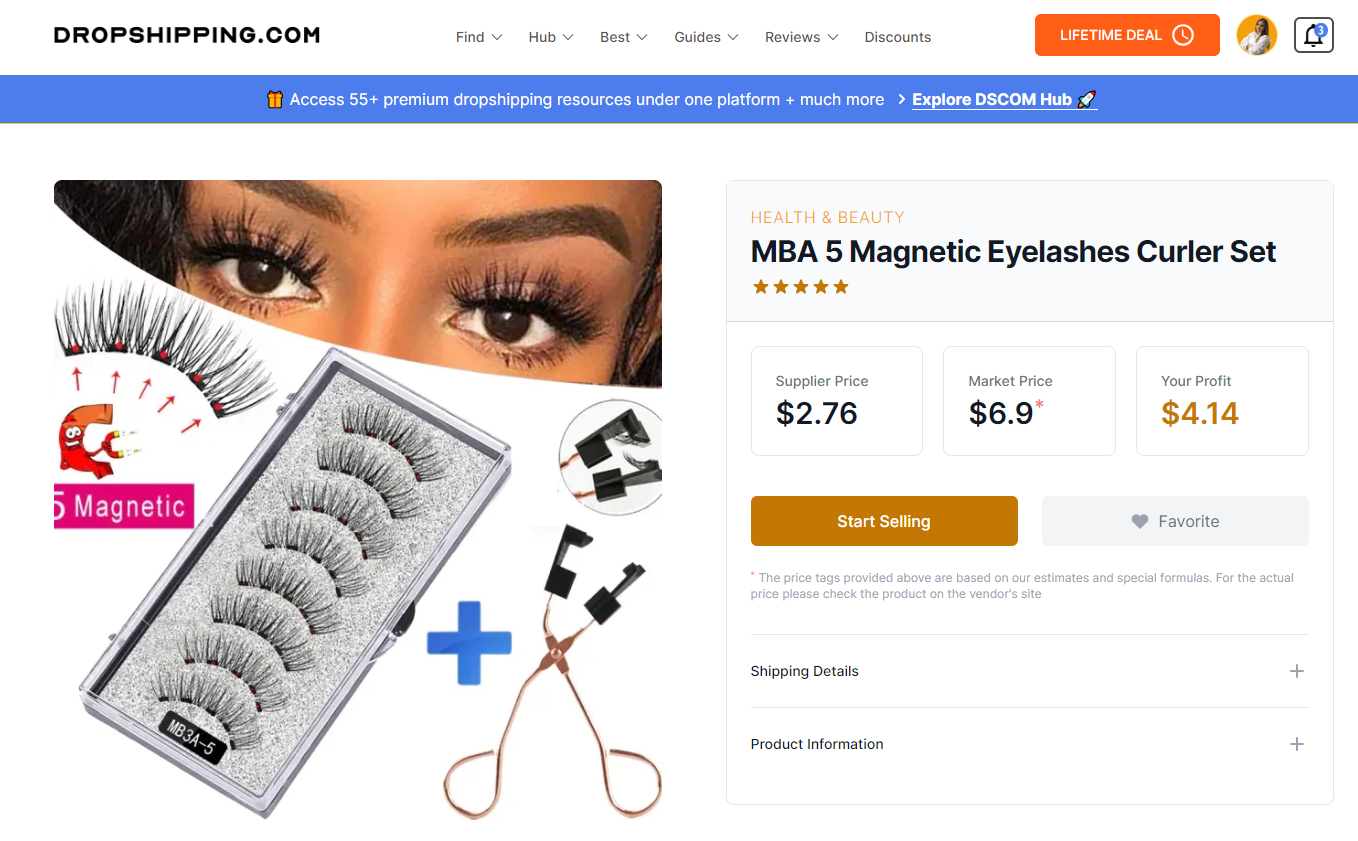
There’s good stuff here! On Dropshipping.com, you’ll find a section where experts curate trending product ideas for different niche markets.
Moreover, each recommendation comes with data-backed analysis, giving you the confidence that these are products worth considering.
4. Niche-Specific Platforms and Publications
Beauty Blogs
If you’re interested in the beauty and skincare niche, beauty blogs can be an excellent source of inspiration.
These blogs often feature new and innovative products, giving you a glimpse into what’s hot in the beauty world right now.
For example, you might be familiar with Nikkie. She’s a big inspiration for women interested in makeup and skincare.
Back in 2015, she became really popular online when her video on YouTube called “The Power of Makeup” got a lot of attention, inspiring many others to make videos showing their faces with and without makeup.
5. Emerging Market Opportunities
Exploring Untapped Markets: The world is full of untapped markets waiting to be explored. One such example is India, where the online consumer base is growing rapidly.
For instance, based on Statista, the leading markets in India are Food, Fashion, and Electronics.

Thus, by identifying specific trends and preferences in these markets, you can uncover product ideas that cater to a unique set of needs — a recipe for success in any ecommerce venture.
Now that you know where to look, remember: the key is to stay curious, keep exploring, and don’t be afraid to think outside the box.
6. Trade Shows and Industry Conferences
Attending trade shows and industry conferences can provide a treasure trove of product ideas.
These events are where manufacturers, suppliers, and innovators gather to showcase their latest offerings.
By attending, you can get a firsthand look at emerging trends, network with industry insiders, and discover products that haven’t hit the mainstream market yet.
For Instance, the Consumer Electronics Show (CES) is an annual event where tech companies unveil their latest innovations.

Many ecommerce businesses keep a close eye on CES to spot new electronic gadgets and accessories to sell.
7. Crowdfunding Platforms
Websites like Kickstarter and Indiegogo are where entrepreneurs and creators bring their ideas to life through crowdfunding.
These platforms are excellent for spotting unique and innovative products before they become widely available.
By monitoring successful campaigns, you can identify products that have a strong market demand and consider offering them in your store.
For instance, the Pebble Smartwatch was one of Kickstarter’s most successful campaigns, highlighting the demand for smartwatches before they became a staple in the tech industry.

8. Customer Feedback and Requests
Listening to your existing customers can provide direct insights into what products they wish to see in your store.
So, feedback forms, customer reviews, and direct requests can highlight gaps in your product line or suggest new items that could satisfy your customers’ needs.
For instance, most of the dropshipping stores place their customer reviews on the home page.

Also, on every product page as well. Thus, just like Sephora does for example.
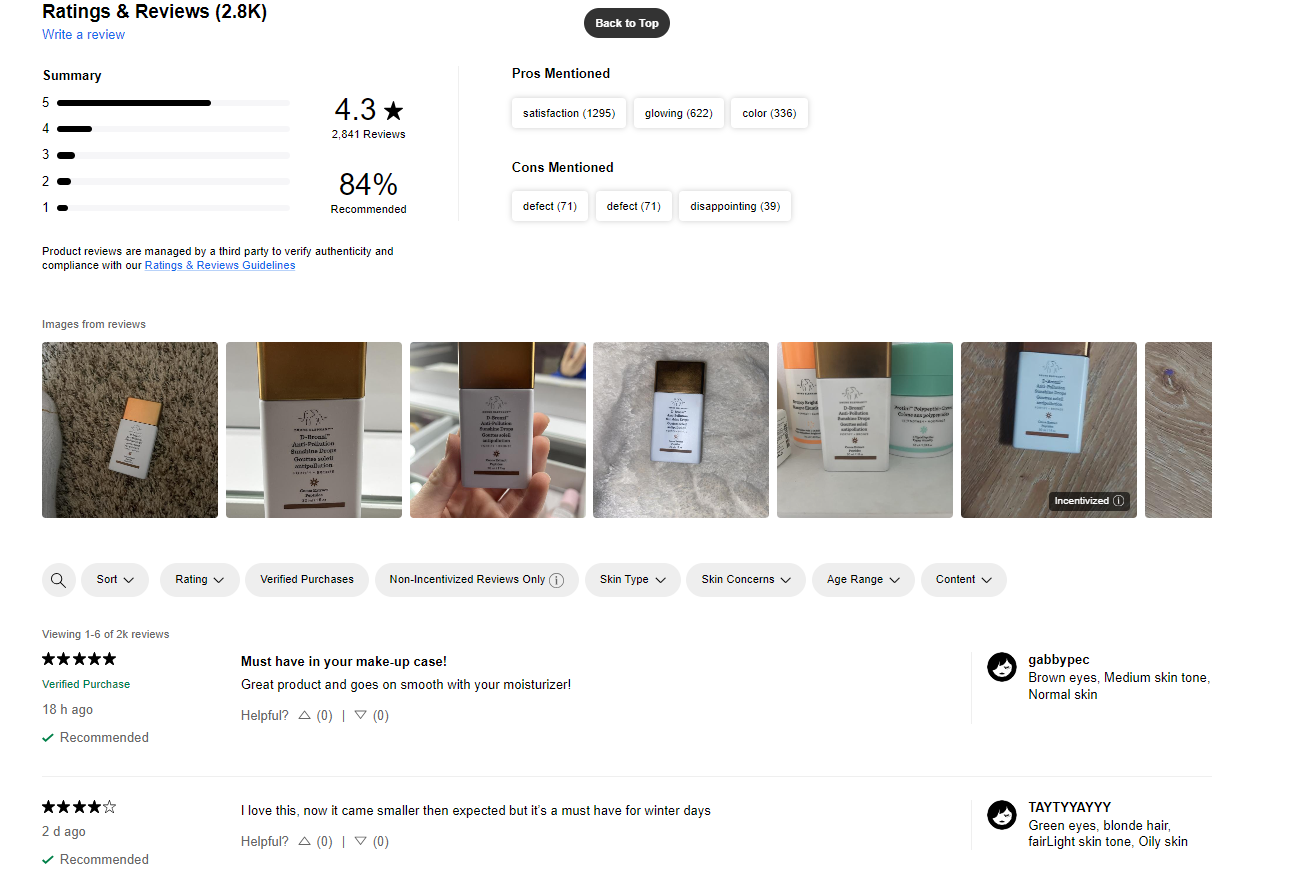
Also, if you search through online marketplaces like Amazon, AliExpress, or eBay, the first thing you should do i navigate to the customer reviews section and get valuable information about the products and customer requirements.

Here’s a tip: If you run a fitness equipment ecommerce store and multiple customers inquire about eco-friendly yoga mats, it’s a clear indication that adding such products could meet existing demand.
9. Online Marketplace Insights
Platforms like Amazon, eBay, and Etsy offer various tools and reports that provide insights into consumer buying behavior and popular trends.
Thus, by analyzing best-selling products, new arrivals, and what items are being added to wish lists, you can identify potential products to offer in your store.
For example, Amazon’s Best Sellers page is updated hourly, offering a dynamic view of what products are currently popular across various categories.

10. Patent and Trademark Filings
Monitoring new patent filings and trademarks can reveal upcoming products and technologies that are protected for commercial use.
While this approach may require a bit more research, it can uncover innovative products that are about to enter the market.
Moreover, reviewing patents filed by tech companies could reveal new types of wearable technology or smart home devices before they are officially announced.
For example, the USPTO is the federal agency for granting U.S. patents and registering trademarks. Their website offers comprehensive search tools for both patents and trademarks, including full-text and image databases.

11. Subscription Box Services
Subscription box services, which deliver a curated selection of products to subscribers regularly, can be a great source of inspiration.
By analyzing popular boxes in your niche, you can identify which products are appealing to consumers and consider how similar items might fit into your store.
For instance, the success of beauty subscription boxes like Birchbox indicates a strong interest in discovering new skincare and makeup products.
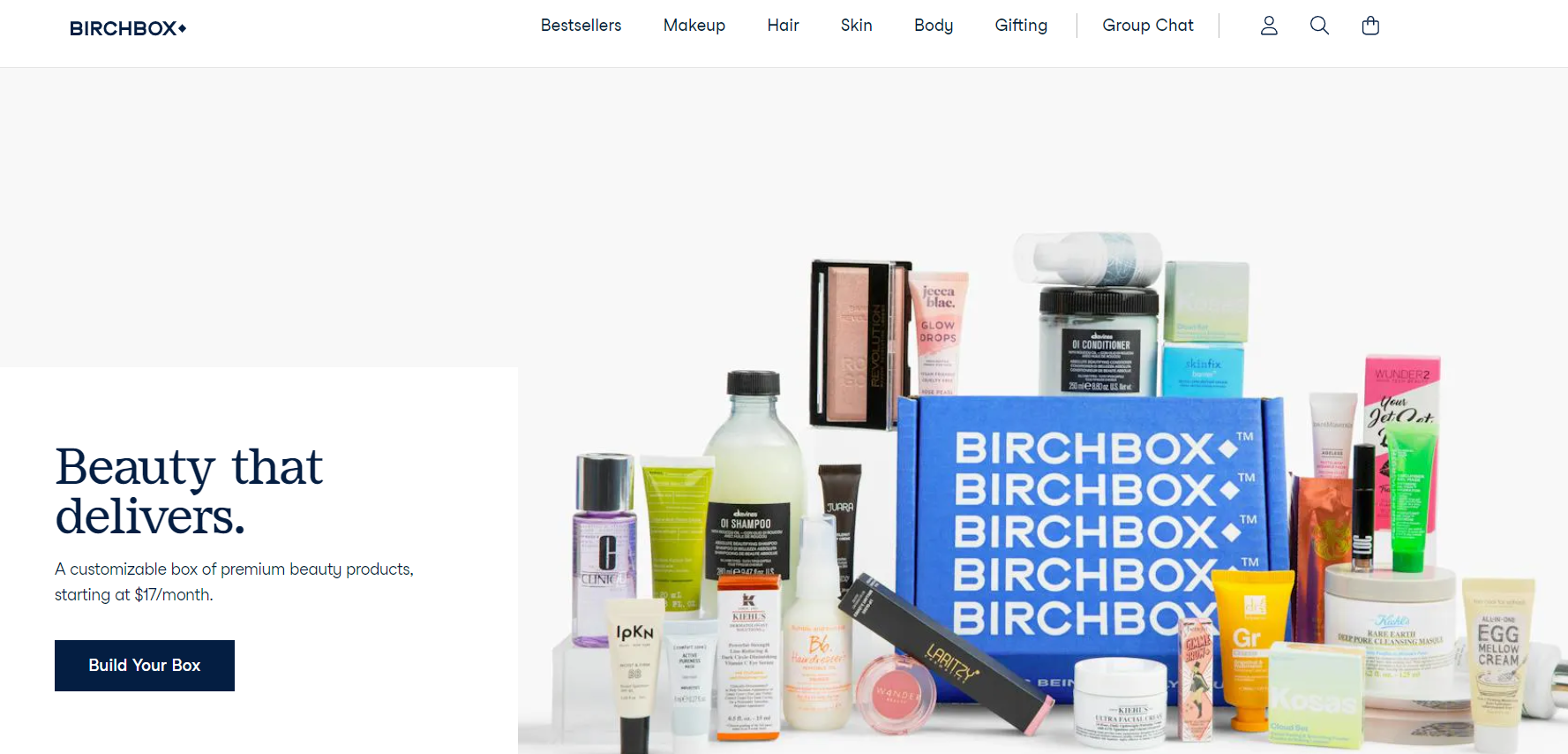
12. DIY Communities and Maker Spaces
Online forums and websites where DIY enthusiasts and makers share their projects can be excellent sources for product ideas, especially for niche markets.
These communities often discuss innovative solutions to common problems and showcase handmade or custom-designed products.
For example, websites like Instructables or Reddit’s DIY communities often feature creative gadgets, tools, and home solutions that could inspire product lines for hobbyists or home improvement ecommerce stores.
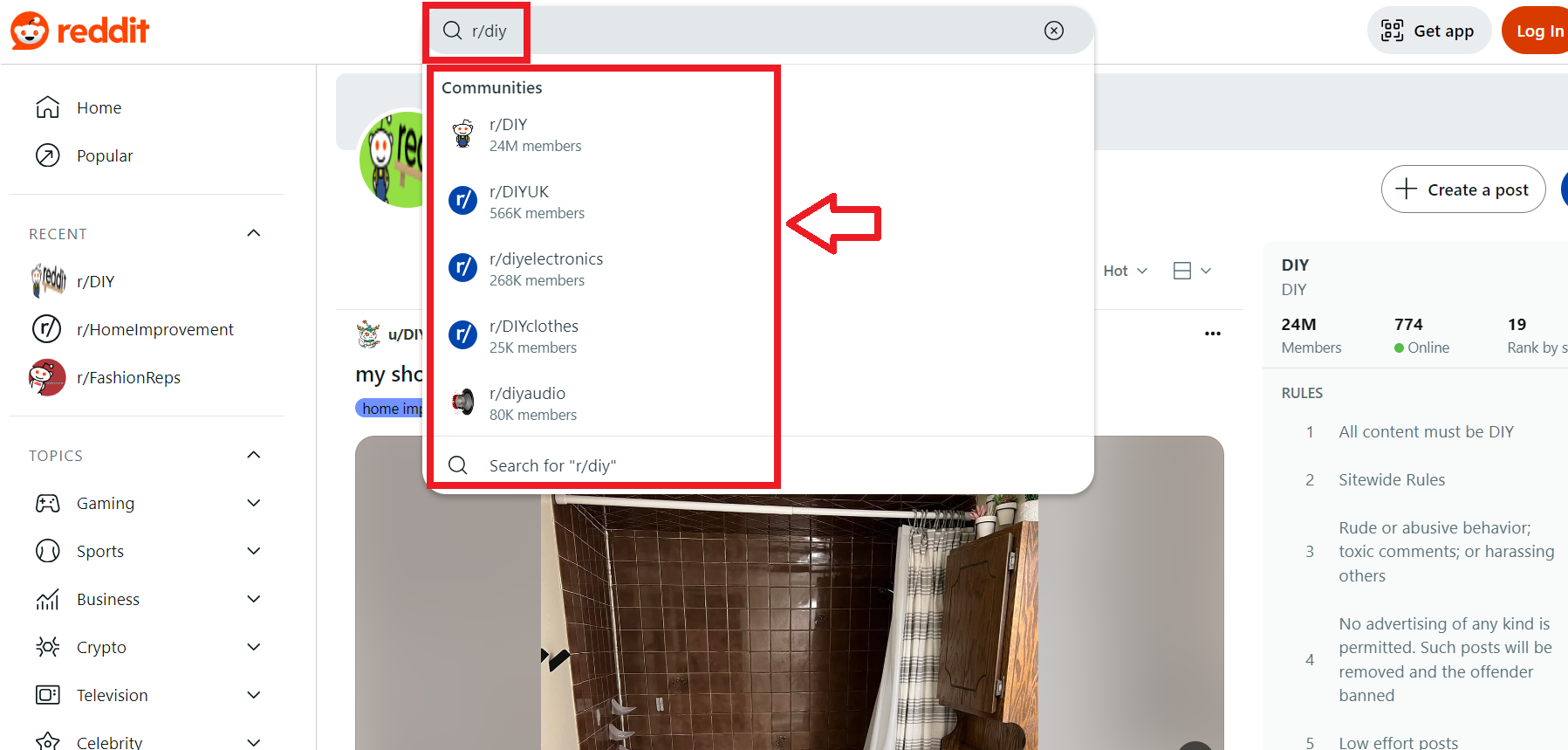
And, you can search for community in every product niche. For instance, the example above shows that these communities are huge. The DIY community has over 24 million members.
13. Educational and Training Resources
Courses, webinars, and online platforms dedicated to teaching new skills can also highlight tools, materials, or resources that are in demand.
By understanding what people are eager to learn, you can identify products that support these educational pursuits.
For example, I personally follow guides from DSCOM courses. Thus, they also organize podcasts with successful dropshipping store owners or suppliers that share valuable ideas about winning products.
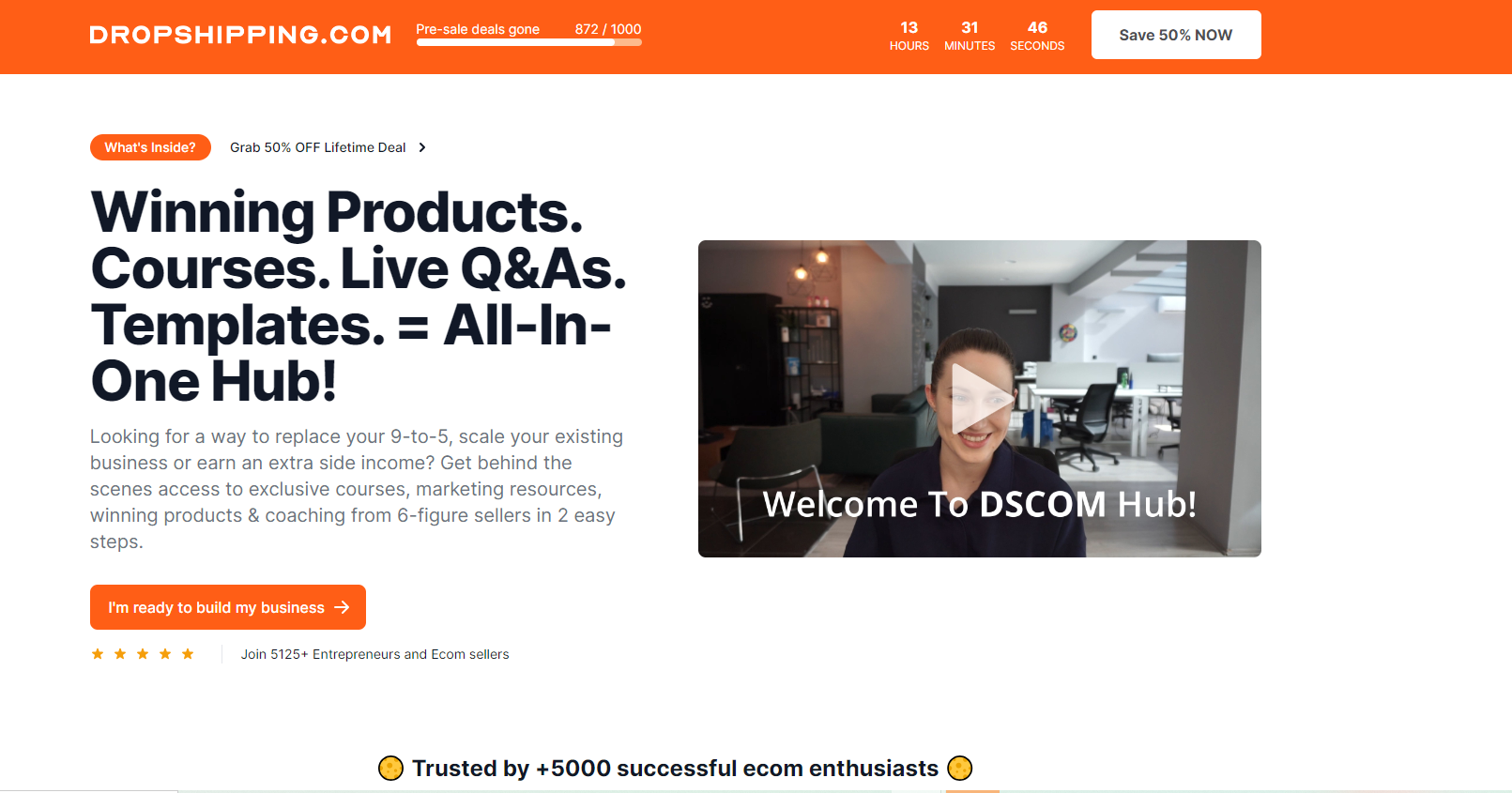
Tip: The popularity of online cooking classes has increased demand for specialized kitchen gadgets and high-quality ingredients, which could be leveraged by gourmet food stores.
14. Local Markets and Artisan Shops
Exploring local markets, craft fairs, and artisan shops can reveal unique and handcrafted products not available elsewhere. These items can differentiate your store and attract customers looking for something special.
For example, handcrafted jewelry or unique home decor items from local artisans can appeal to customers seeking unique pieces that aren’t mass-produced.
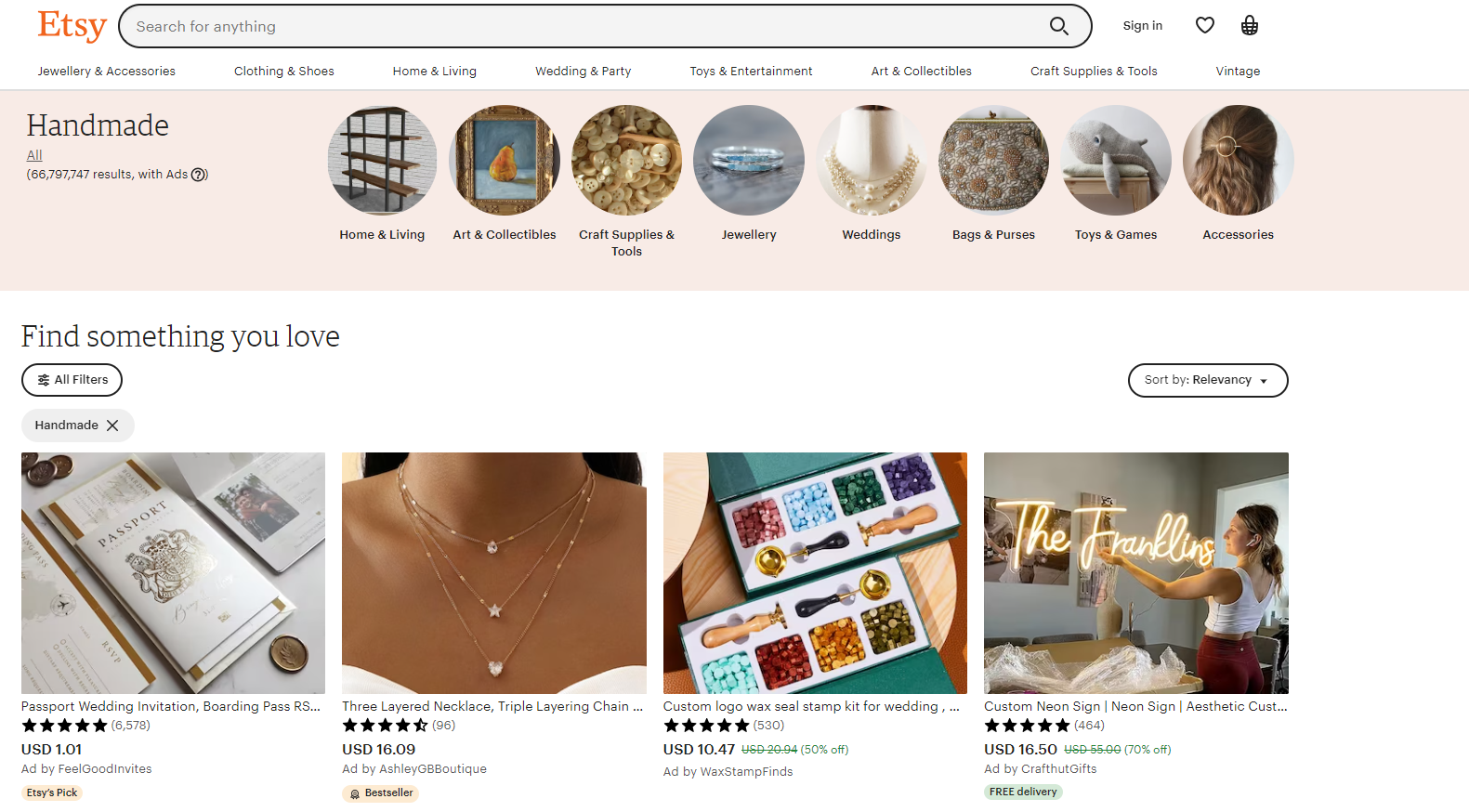
By exploring these diverse avenues, you can enrich your product discovery process and uncover unique opportunities for your ecommerce store.
Evaluating and Validating Your Product Ideas
When you have a list of potential product ideas, the next step is to ensure they can actually turn into profitable ventures.
Also, it’s one thing to have an idea that sounds great in theory, but quite another to confirm that there’s a genuine market for it.
Thus. here’s how you can avoid the trap of investing in a concept that doesn’t translate into sales.
🔸 Assessing Market Fit and Competitiveness
Before committing to a product idea, it’s wise to conduct a thorough evaluation of its market fit.
This means delving deep into who your customers are and whether there’s enough demand to make your business viable.
Therefore, here are some criteria to consider:
1. Target Audience Size
It’s crucial to quantify how many people are looking for the product you plan to sell.
For example, tools like Google Keyword Planner can help determine the volume of searches related to your product.

2. Competitor Analysis
Understand who else is selling similar products. Thus, analyze their strengths and weaknesses, and identify any gaps your product could fill.
So, tools like SEMrush or Ahrefs can give insights into your competitors’ online presence.
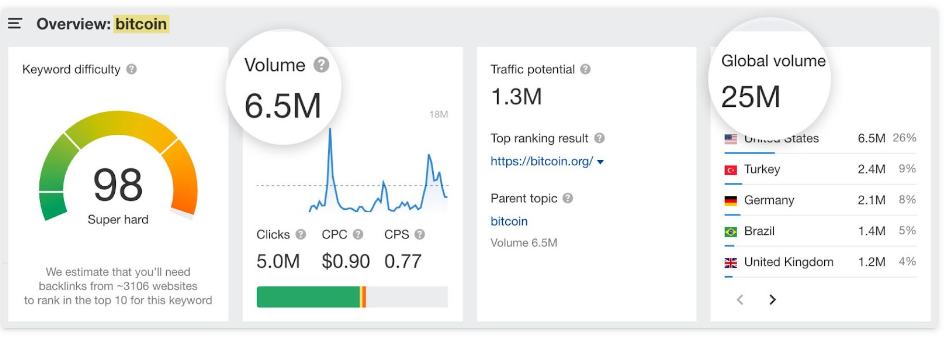
3. Pricing Dynamics
Investigate how much customers are willing to pay for your product and what your competitors are charging. Thus, this will help set a competitive price point that also allows for a healthy profit margin.
For example, a good way to start is by creating a SWOT analysis (Strengths, Weaknesses, Opportunities, Threats) for your product idea.
So, this will provide a clear picture of where your idea stands in the current market landscape.
💡 Tip: Learn How To Price Dropshipping Products: A Guide For Beginners.
4. Product’s profitability and interest
Furthermore, what you need to pay attention to is the product’s sales volumes, costs, profit margins, customer engagement, etc. In fact, this is a MUST!
For instance, I am personally using product research tools like Minea for this purpose.
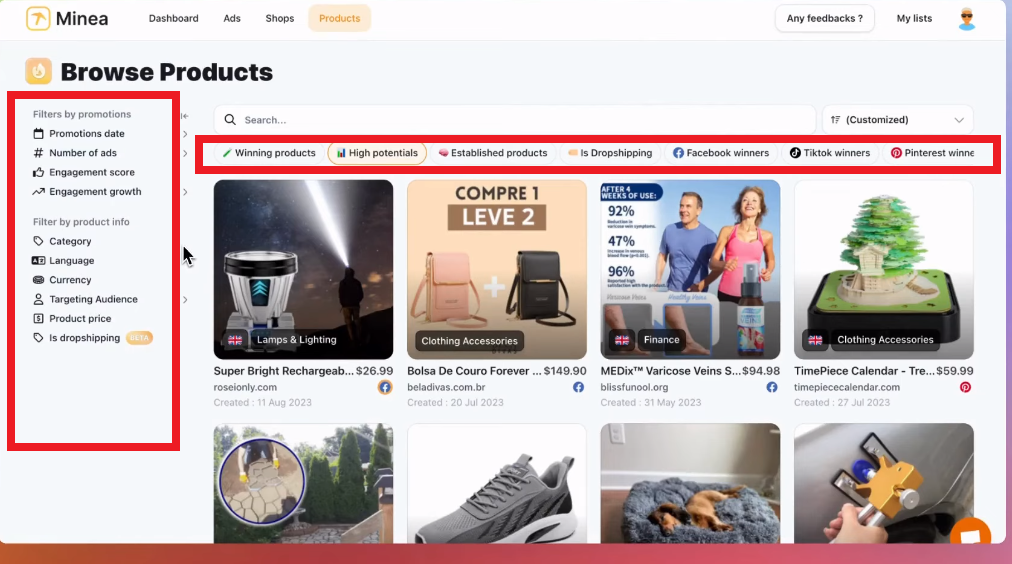
So, here I get all these valuable information about a specific product. Thus, this is a great way for getting product ideas and see if they are reasonable and profitable.
🔸 Prototyping and Minimum Viable Testing
Once you’ve assessed the market fit, it’s time for prototyping and minimum viable testing – this is where things get real!
Prototyping
Creating a simplified version of your product that showcases its main features is what prototyping involves.
In fact, it doesn’t need to be perfect; it just needs to be enough to show potential customers what you’re offering.
Minimum Viable Product (MVP) Testing
MVP testing takes prototyping one step further by releasing this simplified version to a small group of people. The goal here is not just to show but also to get feedback.
Here are practical tips for MVP testing:
- Launch a pilot campaign using platforms like Kickstarter or Indiegogo for crowdfunding campaigns that also serve as market tests.
- Set up a landing page with pre-order options to gauge interest by tracking how many visitors are willing to sign up or pre-order.
- Use social media polls and surveys to get immediate feedback on features, design, and price points directly from potential customers.
Remember, failure at this stage isn’t necessarily bad news – it’s valuable learning that can save you from much bigger losses down the line. Each iteration gets you closer to a product that will resonate with your market.
By following these steps, you’re not just throwing ideas against the wall to see what sticks — you’re meticulously sculpting your offer based on real data and feedback. This approach significantly increases the likelihood of success when it comes time to launch your product in full force.
As you move forward with refining your product ideas, keep these strategies in mind. They are essential building blocks for launching products that stand out in the marketplace and truly connect with your audience.
Real-Life Examples: From Failure To Success In The Search For Winning Product Ideas
James Dyson
I think that we all know who this is. But, do you all know his story?
One real-life story that vividly captures the journey of an entrepreneur who initially faced setbacks with a product idea but later achieved great success is the story of James Dyson, the founder of Dyson Ltd.
🔸 Early Mistakes and Setbacks
James Dyson’s journey began with frustration over his vacuum cleaner’s declining performance. The traditional bag model would lose suction as it filled up, which led him to seek a better solution.
Dyson’s initial idea was to create a vacuum cleaner that would not lose suction as it collected dirt.
Despite his innovative concept, Dyson faced numerous challenges. He created over 5,000 prototypes over five years, encountering repeated failures and improvements.
These attempts were costly, both financially and emotionally, and were met with skepticism from existing manufacturers and retailers.
The vacuum industry at the time was not interested in a bagless vacuum cleaner, as it threatened the lucrative market for replacement bags.
🔸 The Turnaround
Undeterred by these setbacks, Dyson decided to take matters into his own hands. He founded his own company, Dyson Ltd., to manufacture his designs. The turning point came when he launched the Dyson DC01 vacuum cleaner in the UK in 1993. It was a radical departure from existing products, utilizing cyclonic separation to remove dust without a bag and maintaining suction power. Despite initial reluctance from retailers, the Dyson vacuum cleaner became a huge success, largely due to Dyson’s relentless belief in his product and his innovative direct marketing strategies. He offered a clear, compelling demonstration of his vacuum’s superior performance, which resonated with consumers tired of traditional, underperforming vacuums.
🔸 Lessons Learned and Success
The key lessons from Dyson’s journey highlight the importance of perseverance, belief in one’s product, and the willingness to challenge industry norms.
Dyson’s success was not overnight; it was the result of years of hard work, learning from failures, and a steadfast commitment to innovation.
Today, Dyson Ltd. is a global technology company with a wide range of products, including air purifiers, hairdryers, and hand dryers, known for their engineering and design innovation.
James Dyson’s story is a powerful reminder that early mistakes and setbacks can be foundational to later success.
His willingness to pursue a better solution despite industry resistance, coupled with his innovative approach to design and marketing, ultimately revolutionized the vacuum cleaner market and established Dyson as a leading technology company.
Irwin Dominguez

A compelling story of learning from mistakes and achieving success in the dropshipping world is the journey of Irwin Dominguez from San Diego. He became an exemplary figure in ecommerce by turning his initial failures into a multi-million dollar dropshipping business within just a year of starting.
🔸 Early Challenges
Irwin ventured into dropshipping with little to no experience in ecommerce. Like many beginners, he faced several challenges, including selecting the right products, finding reliable suppliers, and creating effective marketing strategies. One of his initial mistakes was not thoroughly researching products and markets before diving in.
This led to investing in products that had little demand or were too competitive, resulting in minimal sales and wasted advertising dollars.
🔸 The Turnaround
Realizing the need for a more strategic approach, Irwin began to immerse himself in learning everything he could about ecommerce and dropshipping. He spent considerable time researching products, understanding his target market, and learning from successful dropshippers. He refined his approach by focusing on niche products with high demand but low market saturation, emphasizing the importance of thorough market research.
Another pivotal strategy was mastering Facebook ads. Irwin recognized the potential of social media marketing to reach vast audiences at a relatively low cost. By learning through trial and error, he gradually became adept at creating compelling ad campaigns that targeted specific demographics interested in his products.
🔸 Success and Lessons Learned
The combination of selecting the right products, mastering Facebook advertising, and continuously learning from the dropshipping community led to Irwin’s breakthrough.
He went from struggling to make sales to generating over $1 million in revenue in a year.
His success story is not just about the financial gains but also about the power of persistence, continuous learning, and adaptation.
Irwin Dominguez’s journey highlights several critical lessons for aspiring dropshippers:
- Market Research is Crucial: Understanding what products to sell and the market demand is fundamental.
- Master Marketing: Effective use of digital marketing, especially social media advertising, can significantly enhance sales.
- Learn from Mistakes: Early failures are invaluable learning opportunities. Analyzing what went wrong and adjusting strategies accordingly is key.
- Stay Informed: The dropshipping landscape is dynamic. Staying informed about trends and learning from the community can provide a competitive edge.
Irwin’s story is a testament to the idea that success in dropshipping, as in any business, requires not just hard work but also smart work, including careful planning, constant learning, and flexibility to adapt to market changes.
Andreas & Alexander
Andreas and Alexander are two successful dropshippers who made a big splash in the pet market, earning $10 million in sales. Their journey offers valuable lessons for anyone interested in dropshipping.
🔸 Early Mistakes
While the specific early challenges Andreas and Alexander faced are not detailed, like many entrepreneurs, it’s likely they encountered hurdles such as picking the right products and finding their audience.
Most new dropshippers learn through trial and error about what works and what doesn’t in their chosen niche.
🔸 The Turnaround
Their breakthrough came from focusing on the pet niche, which allowed them to connect with pet lovers deeply.
They picked products that pet owners were excited about, showing the importance of understanding what your customers really want.
Key to their success was using smart marketing strategies. They didn’t just stick to traditional ads but also made the most of social media to spread the word about their products.
They weren’t shy about spending on marketing and branding, emphasizing the use of Facebook ads. Interestingly, they kept their target audience broad, around 2.5 million people, to maximize their reach.
Another smart move was selling unique products that weren’t well-known yet.
This approach, combined with testing products by ordering samples and using tools like Facebook audience insights and Google Trends, helped them stay ahead of demand and trends.
🔸 Lessons Learned
From Andreas and Alexander’s story, dropshippers can learn:
- Find Your Niche: Focusing on a specific area, like pets, can help you connect with a dedicated group of customers.
- Understand Your Customers: Knowing what your audience loves is key to selecting products that will sell.
- Invest in Marketing: Don’t hesitate to use social media and ads to reach more people. A broad audience can lead to more sales.
- Be Unique: Offering something different from what’s already out there can set you apart.
- Test Before You Sell: Trying out products yourself and using tools to gauge interest can save you from investing in flops.
- Use Videos: Showing off what your product does through video can be a powerful way to attract buyers.
Their advice underscores the importance of marketing, choosing the right products, and using data to make informed decisions.
Discovering Product Ideas FAQs
1. How do you determine the right balance between trend-following and niche exploration for your specific business model?
Determining the right balance between following trends and exploring niche markets is akin to finding a sweet spot that resonates with your unique business strengths and customer base.
This journey starts with a keen observation of broader market trends through avenues such as social media, keyword research, and competitor analysis.
Once you’ve identified a promising trend, the next step involves narrowing your focus to specific niches within that trend where your business can uniquely shine.
Continuously monitoring the pulse of your market and being ready to pivot your approach based on real-time feedback is crucial.
For instance, if you observe a particular trend becoming overly saturated, it may signal a timely opportunity to venture into a less competitive niche where your unique offerings can more easily capture attention and loyalty.
2. What are some examples of successful products or brands that utilized the described techniques for finding product ideas?
Drawing inspiration from success stories like Warby Parker and Dollar Shave Club can illuminate the path to discovering and validating profitable product ideas.
These companies excelled by digging deep into consumer needs and crafting solutions that not only met these needs but also resonated on a personal level with their target audience.
Warby Parker disrupted the eyewear industry by addressing cost and convenience issues, while Dollar Shave Club took on the grooming sector with a mix of affordability, quality, and brand personality.
These examples underscore the importance of leveraging market research to uncover unmet needs, followed by creating a compelling brand narrative and customer experience that goes beyond mere transactions.
3. How can a small online store compete with large retailers when it comes to trending products?
For small online stores looking to carve out their space amid giants, the strategy lies in fostering a deep, personal connection with their audience.
This can be achieved through exceptional customer service, a compelling brand identity, and a focus on delivering quality.
By leveraging social media and content marketing, small businesses can share their unique stories and values, engaging customers on a more personal and emotional level.
Implementing loyalty programs or offering exclusive benefits for repeat customers can also cultivate a sense of belonging and appreciation among your customer base, turning them into advocates for your brand.
4. What specific metrics or data points should be analyzed during market demand assessment and competitor analysis?
When evaluating the potential of a product idea, diving into metrics such as search volume, competition level, and customer demographics provides invaluable insights.
Search volume can indicate the level of interest in a product, while competition level helps assess market saturation.
Understanding your target audience’s demographics ensures that your product idea aligns with their specific needs and preferences.
Observing trends and customer feedback on competing products can also reveal unaddressed needs or pain points, guiding you to opportunities where your product could make a significant impact.
5. Can the techniques mentioned for finding product ideas be applied to service-based online businesses, and if so, how?
Absolutely, the strategies discussed for product ideation can be seamlessly adapted to service-based businesses.
The cornerstone of this adaptation is a deep understanding of the problems and needs your services aim to address. Conduct thorough market research to gauge demand for your services and identify untapped opportunities.
Engaging with your potential clients through social media, online forums, and direct feedback can offer rich insights into their desires and expectations.
For service-based businesses, differentiating through personalized or innovative service offerings, coupled with a strong online presence and SEO, can attract and retain a loyal customer base eager for the unique value you provide.
💡 Tip: Read about DropServicing Ideas & Examples For Making Money Online.


Wrapping It Up
Finding top-notch product ideas is the key to ecommerce success. Sounds good, doesn’t it? But remember, it’s not just about finding a product to sell; it’s about discovering the right product that meets all the requirements.
The key to success is finding a balance between following trends and exploring niche markets.
Here’s another thing: Keep your product offerings fresh and exciting. Adapt to changing consumer preferences and market dynamics like a pro. Your store should be as dynamic as the market itself!
In the world of ecommerce, staying stagnant means getting left behind.
One last piece of advice: Never underestimate the power of thorough market research and validation.
These aren’t just fancy words; they’re your secret weapons in the ecommerce battlefield.
When you combine idea generation with robust research and validation, you increase your chances of hitting it big with your new product ventures.
Ready to Find Your Winning Product Ideas?
So, what are you waiting for? Get out there and start hunting for those winning product ideas! The road to ecommerce success starts here.













![The Top 21 3PL Companies Compared [2024 List & Guide]](https://images.weserv.nl/?url=https://prod-dropshipping-s3.s3.fr-par.scw.cloud/2024/03/Frame-3922469.jpg&w=420&q=90&output=webp)